If you’re going to keep a horse on your property, you should provide enough space for it. Horses require much land, especially if there will be more than one equine. Comfortable living affects the animal’s state of health. Thus, you have to create a cozy space to promote its well-being and longevity.
So how much space does a horse need? What about two horses? What to do if you’re short of space? Let’s figure it out.
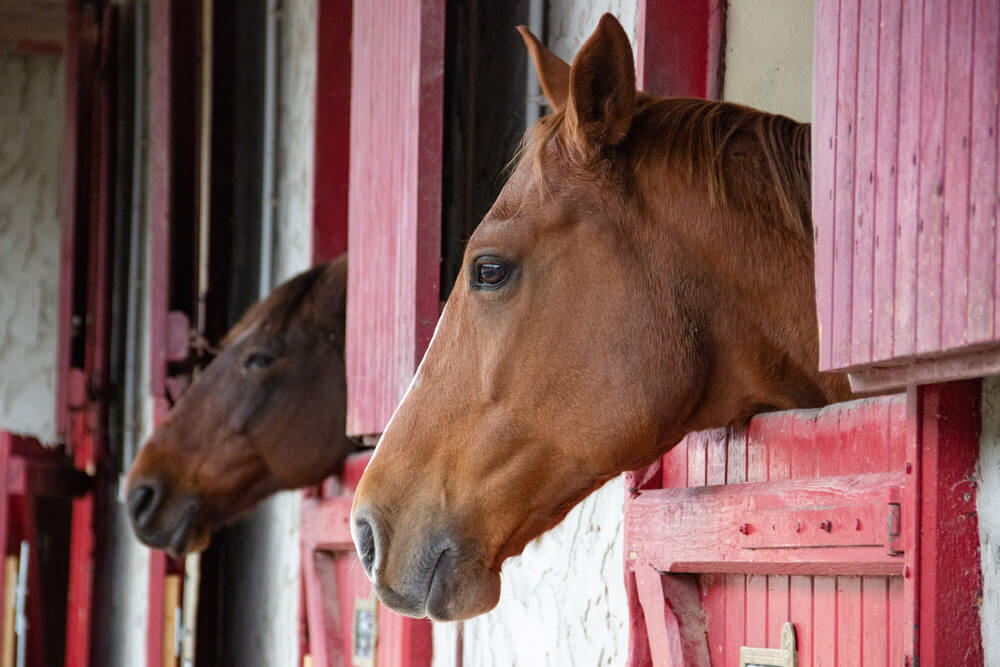
What’s the Land Area Needed for a Horse?
On average, 1.5 to 2.0 acre territory is enough for keeping a horse. Less space may lead to the equine feeling uncomfortable and limited. You should think wisely when getting the land ready for a new resident. A place for grazing, stabling, grooming, and training should be considered to be placed on the property.
If you’ve got a spot for grazing and training somewhere else, you may arrange a smaller area for sheltering a horse then. And you should check your local agricultural statute to get the requirements for keeping livestock.
The Land Area for Two Horses
You might be wondering what land is needed for two horses. If 1.5 to 2 acres is good for one horse, so 3 to 4 acres should fit two animals, right? Actually, these are good numbers but you can save space a little. One more acre for an extra equine is fine. Hence, 2.5 to 3 acres for two horses is enough for keeping them.
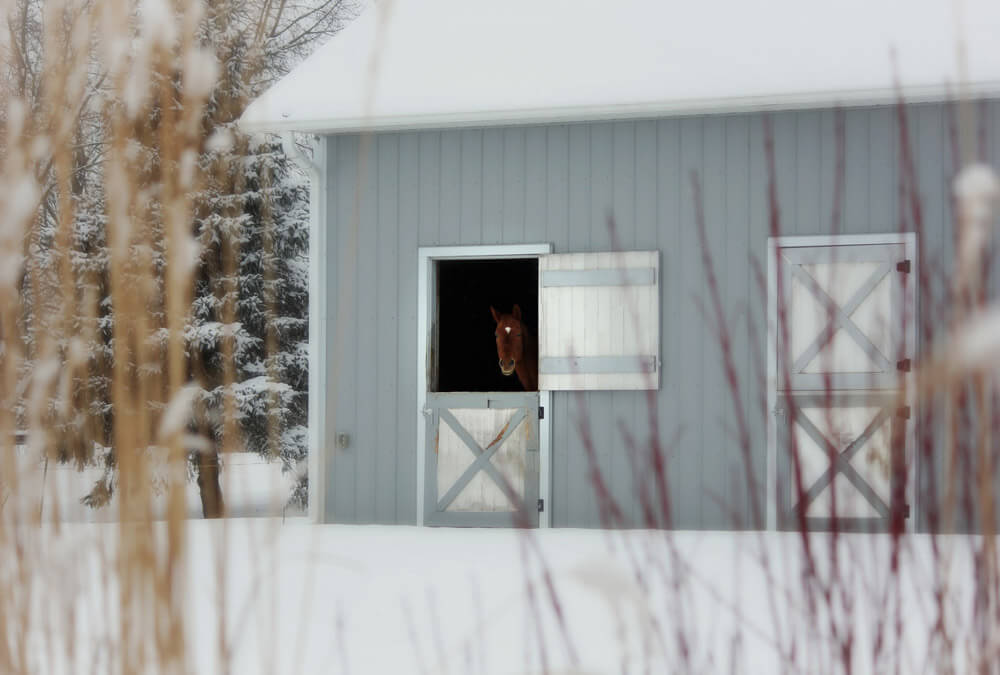
How Much Pasture Do You Need?
Horses spend loads of time on the pasture grazing around. In warm seasons they consume up to 11 hectares of grass per year. Besides, equines tend to eat throughout the day, eating grass slowly with small portions. A spacious pasture that can be accessed easily is a must.
A pasture is a field that is typically larger than an acre but at least 1 acre is required. If you have an opportunity to provide spacious pasture, that is a great perk. As you’re able to subdivide the territory into smaller pastures called paddocks.
Lots of horse owners practice rotational grazing. The rotational grazing definition is dividing the pasture into several paddocks to keep the cattle in a paddock while the rest of the land is resting. This gives the pasture some time to recover so you can take advantage of it next turn. Leave the paddock for at least 7 days so the grass can regrow. Each paddock provides enough supply of grass, water, and shelter.

In general, while considering the pasture placement, you should think of the following aspects:
- horse breed and its size. You should take into account how large the horse is, some bulky draft horses may need a bigger spot rather than miniature horses or ponies.
- horse weight. A horse has to consume about 2% of its body weight. Thus, consider how much food your companion needs and what land may accomplish this volume.
- the number of horses. Of course, one horse needs less space than a herd of animals. Consider the pasture space depending on how many horses you need to turn out at once.
- time spent being turned out. If the equine is going out all day, it’s better to provide a spacious territory then. So the horse can move freely grazing around and resting.
- purpose of the pasture. You should decide whether you’re going to provide a 1-acre paddock or a large pasture for rotational grazing. A paddock is a good idea for keeping one horse. But if you’ve got a big flock, it’s recommended to consider the subdivided grazing system.
- the number of animals you keep. Obviously, the more companions you have, the more space they need. Apart from that, if you keep some cattle or hinnies, you may need a separate territory for them.
Keep in mind that if you handle the pasture well, take care of the territory on a regular basis, you may need less space than if there’s a poorly managed land.
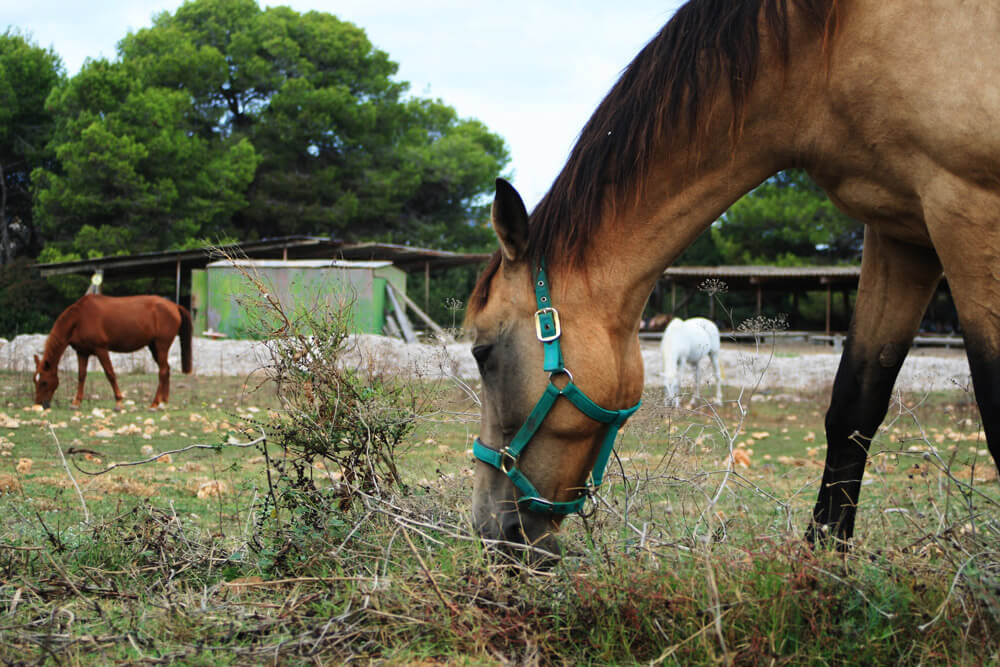
What a Horse Paddock Should Be
A paddock is a little field, which is a good option for a small property. Here, the horse can graze as well as exercise. The size depends on how long you’re going to turn out the companion per day. If the horse will be outside most of the time, consider the land up to 1 acre. You should also invest in supplies to provide proper feeding and watering. This may include an automatic waterer with heater and a feeding trough.
You should also consider a shelter for a horse in the field so the animal could hide from the sun, rain, or strong wind. There’s a variety of shelters to place on paddock or pasture.
Types of Shelter
- An open-sided shade. It’s just a roof placed on the posts that are easy to make and maintain. A shade is suitable for a hot season to protect from the sun. At the same time, the design with no walls allows the airflow to get through the shelter.
- Run-in shed. Such a shelter consists of three walls and a roof on the top. That’s a great solution for the cold climate where enhanced protection from wind and snow is needed.
- Panel structures. These are single walls inserted into the ground with a little gap between them. Thus, a bit of air passes through while the main amount is blocked.
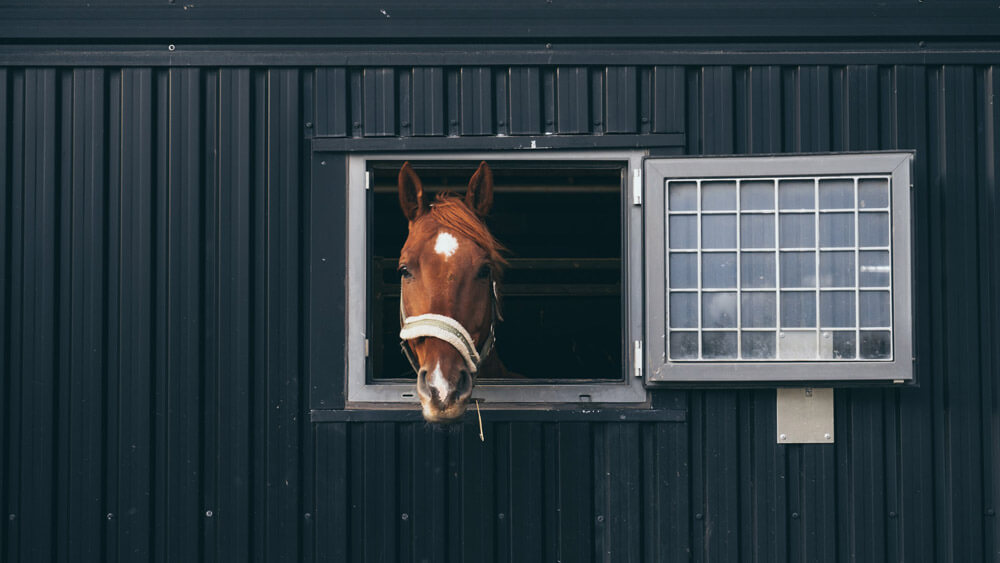
The Size of a Horse Stall
The horse stall size depends on how big your companion is. The place should be comfortable enough for moving and resting. There are several types of horse stalls where you can keep an animal.
- The wall in a box stall (loose box) should be 1 ½ times bigger than the horse’s length. The doors should be 3.5 to 4 feet wide.
- The standing stall requires less space. The width of 4 to 5 feet and the length of 10 feet is enough for an equine.
- No matter what type of horse stall you’re going to make in a barn, the desired height is 10 to 12 feet.
Horse Stall Dimensions Chart
| Type of Horse | Feet |
|---|---|
| Miniature horse or pony | 8x10 |
| Small horse | 10x12 |
| Average horse (15 hands) | 12x12 |
| Mare | 12x12 |
| Foal | 12x12 |
| Large horse | 14x14 |
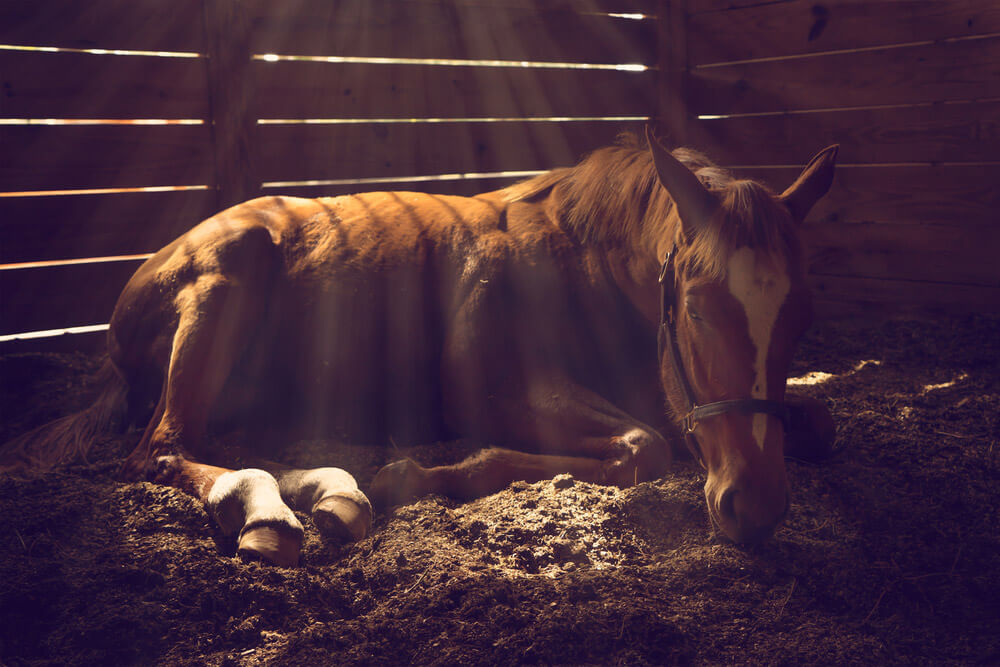
What’s the Perfect Space for a Horse?
There are many factors that may affect your choice in land space. They include how tall the horse is, its weight, how much time it spends outside, and others. But on average, you may need 2 acres of property to keep a horse. The more animals you have, the more space you have to provide. Proper barn and pasture maintenance will keep your companion comfy and healthy.
While working with equines, don’t forget about safety. Use protective gloves to keep your hands warm and clean.
